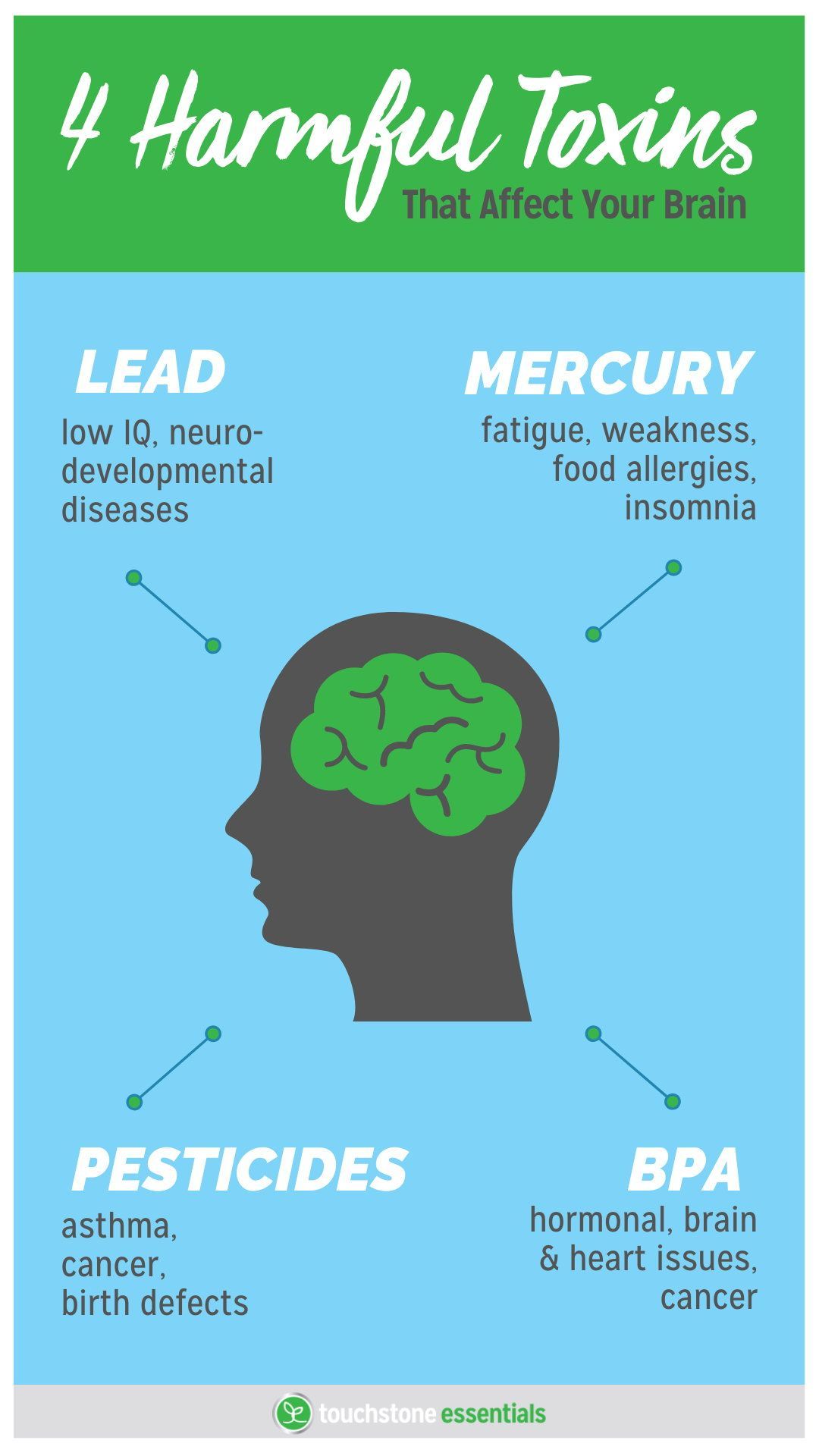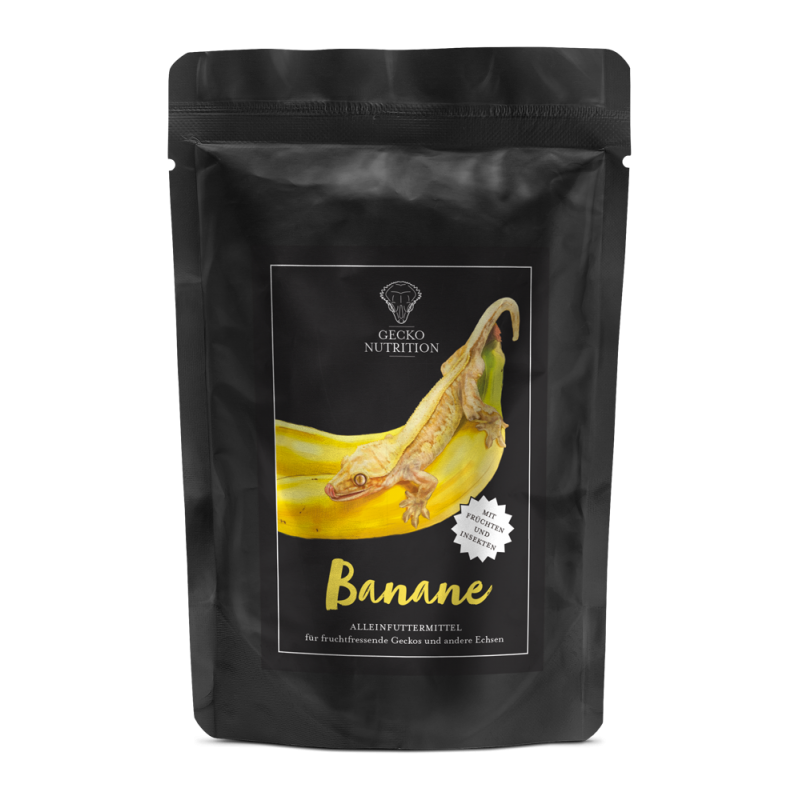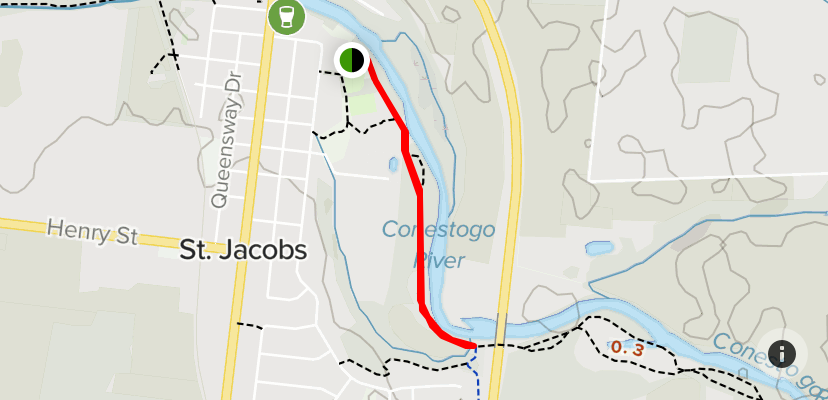
Caveman diets are a good option if you want to lose weight. This eating plan allows you to eat foods that were not available to humans before the dawn of time. This diet generally does not include cooked foods and has fewer carbs. You can expect to lose excess body fat and maintain a balanced level of energy by following the caveman diet. You can learn more about caveman diet by reading the following.
Caveman food includes meat, fish, milk products, and other dairy products. These are generally considered a healthy part of a balanced diet, and are recommended by the MyPyramid, an updated version of the Food Guide Pyramid. Healthy adults should consume no more than three cups per day of low-fat dairy. Even though the caveman diet limits grains, it's important not to forget that whole grains are an important part of a healthy lifestyle. While this diet might sound good for an average person, pregnant women shouldn't eat it because of the potential for adverse effects on their baby's health.

The caveman diet may not be for everyone. If you're unfamiliar with the caveman eating plan, take it slow and make sure to follow the guidelines at open meals. This will enable you to stay on the diet and not binge. But be prepared to deal with the occasional temptation to cheat. Some people are not able to follow strict dietary rules for the first few days. You can try this method if you aren't sure. This will allow you to lose weight.
While caveman diets generally discourage exercising, some encourage you to get out and do some exercise. While some recommend no exercise, others encourage you to get outside and hunt and gather. Given that the Paleolithic era was dominated by hunting and gathering food, it would have been difficult to sustain a life without a lot more physical activity. Grains are therefore not permitted in caveman diets.
Easy to follow, and less time-consuming, the caveman diet has many benefits. The caveman diet allows people to make large pots of soups or stews, which can last for several days. While the caveman diet can be compared to a ketogenic diet there are some key differences. Aside from the lower carbs, a caveman's dietary requirements are more restrictive than a ketogenic diet.

Cavemans are more active than other people. Caveman diet requires more activity but contains less processed foods. The caveman diet doesn't care as much about the kind of meat, but more about the fats and protein. It also eliminates gluten and milk, which are two common foods in the Neolithic. Although it's a good diet for people who have diabetes, it is not recommended. This type is recommended only for those who are just starting out.
FAQ
How much does culinary school cost?
The costs of culinary school can vary depending on where and how long it takes. The average tuition ranges from $10,000-$30,000 per year. Most students graduate with about $20,000 in debt. Some programs offer scholarships, grants, or work-study opportunities.
What is the difference between a chef & a cook?
A chef cooks for others. A cook cooks for others. While both jobs involve the preparation of food, a chef interacts directly with his customers. They may need to make decisions about what they will serve to their guests based upon their preferences. The cook doesn't have to interact with customers. Instead, the cook ensures that the food tastes great before serving it to customers.
How Much Does it Cost to Learn Culinary Arts Skills?
The price of studying culinary arts varies widely. A four-year degree in culinary arts typically costs around $40,000. A two year associate's degree might cost less than $5,000. The tuition rate you choose depends on the program. Private institutions charge higher prices than public ones.
Are there any free online cooking classes?
Many websites offer cooking lessons for free. YouTube is a great place to search for cooking videos. Some websites give you access to thousands of recipes. While you may have to pay a monthly charge, these websites allow you to try out the recipes for 30 days for no cost.
How Long Does It Take to Be a Chef? What's the average career path for a chef?
A chef's career takes about five years. You will learn basic cooking techniques, and get experience as a chef assistant. After your training is complete, you will be eligible to apply for a job as a sous chef, executive chef, or line cook. The average annual salary for a professional chef is between $25,000 and $60,000
What is the best career path for someone who wants to be a chef? How can I start my career as a chef?
Apprenticeships are a great way to get started if you want to become a chef. Apprenticeships are a way to earn a living while you learn. After completing your apprenticeship, you can apply for a position as a sous chef. Sous chefs work with cooks to prepare dishes and supervise them. They also supervise the operation of the restaurant.
What are some basic cooking skills?
Basic cooking skills are the ability to read and follow recipes. You need to master these skills if you want to cook for your own meals. Cooking can be a great way of saving money, as you don't need to go out to eat all the time.
Statistics
- In the United States, the category is estimated at $23.2 billion annually and is growing faster than the market. (washingtonpost.com)
- under 10 Kids have been taught that there is special food just for them, and Fiese says that 10 percent of kids will throw a tantrum if they don't get the food they want. (washingtonpost.com)
- You'll be amazed that over 90% of CIA students receive scholarships and grants to finish their culinary studies. (ischoolconnect.com)
External Links
How To
How to make a perfect omelet
Omelets are one of my favorite foods to eat at breakfast. How can you make them perfectly? Many different recipes and methods have failed to work for me. I have some tips and tricks to help you make delicious, fluffy omelets every single morning.
It is important to know that eggs can be temperamental when making omelets. They must be fresh, preferably from the organic market, and be kept cold until cooking. If you don't keep them cold enough, the whites won't form properly, and the yolks will break down too much and become runny. Your omelets will look strangely colored if this happens. It is best to use room-temperature eggs if you are going to cook them right away.
Another tip is to separate the egg before adding it to the pan. You don't want any white to get mixed up with the yolk because this could cause the omelet to curdle.
You might burn the bottom of the egg if you place the egg directly on the stovetop. This could ruin the texture of your omelet. Instead, place the egg in the microwave for 10 second before you put it in the skillet. The heat from the microwave cooks the egg just enough without overcooking it.
Next, let’s talk about mixing the egg. When you mix eggs together, you want to beat them well. You need to turn the bowl of the mixer upside down. Next, shake the bowl vigorously. This way, the air inside the bowl gets whipped around and mixes the egg thoroughly.
Now comes the fun part - pouring the milk into the mixture. First, pour half of the milk into the beaten eggs and then fold the eggs gently into the remaining milk. Do not be alarmed if there are still egg streaks visible. Once the omelet flips, these streaks will disappear.
After you have folded the eggs, heat the oil in a pan over medium heat. Once the oil has started to sizzle, turn the heat down to low. Once the oil begins to heat, add 1/4 cup butter and swirl the pan to coat it. Now carefully crack open the lid of the pan and sprinkle salt into the pan. A pinch of salt will prevent your omelet from sticking in the pan.
Once the omelet has formed completely, cover the pan and let it set for a few minutes. Use a spatula to flip the omelet or turn the pan upside-down. Cook the other side for another minute or two. Take out the omelet and place it in a bowl.
This recipe works best with whole milk, but skimmed milk also works.